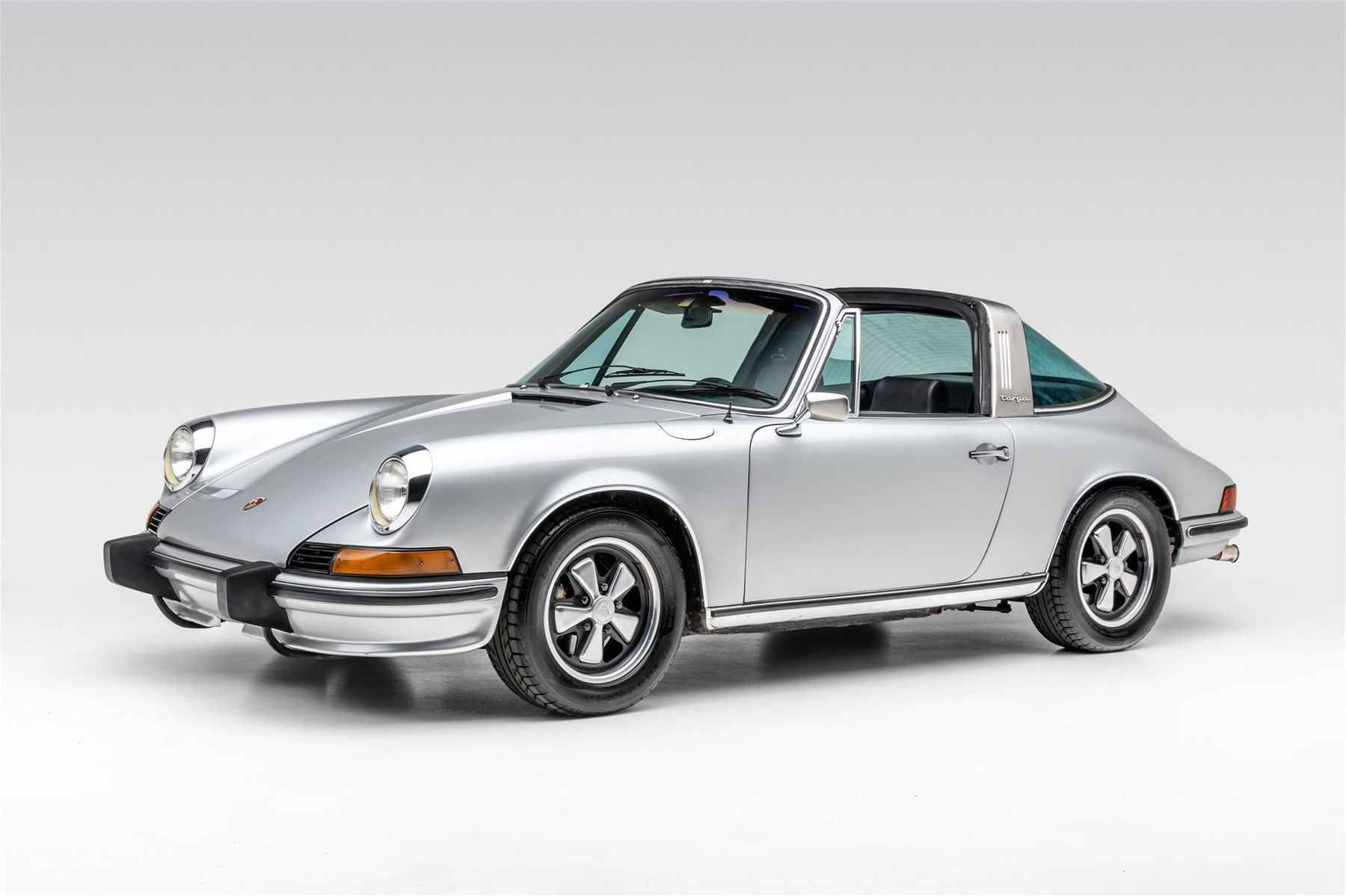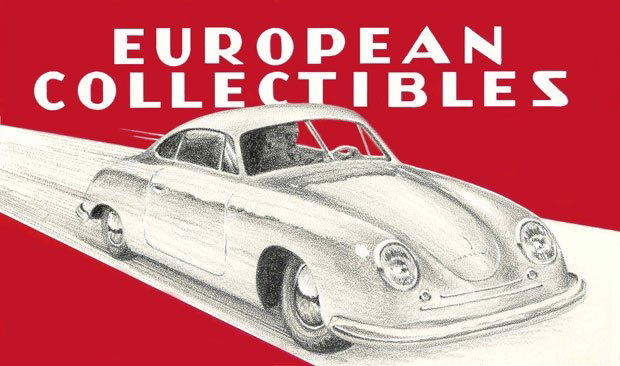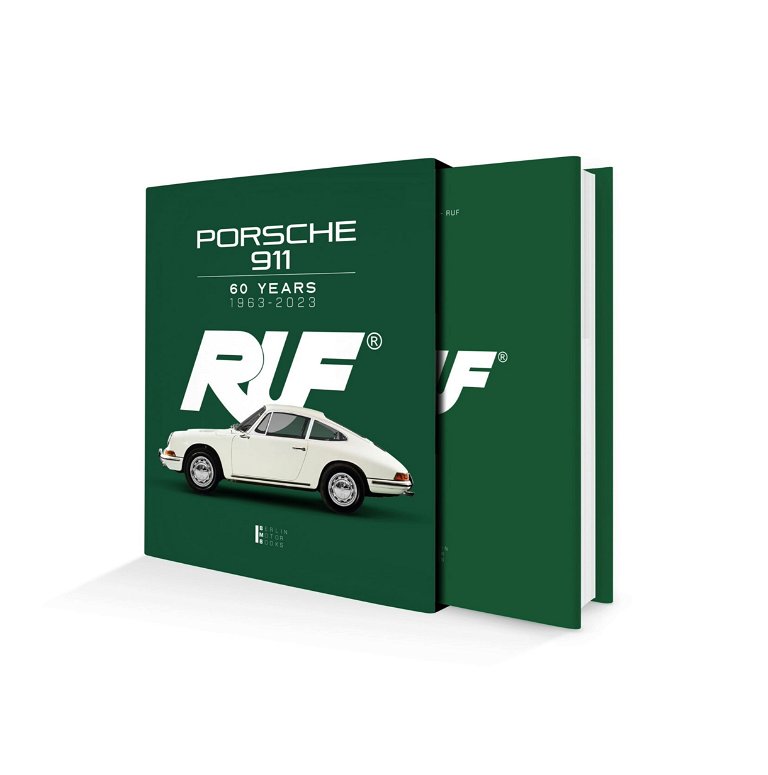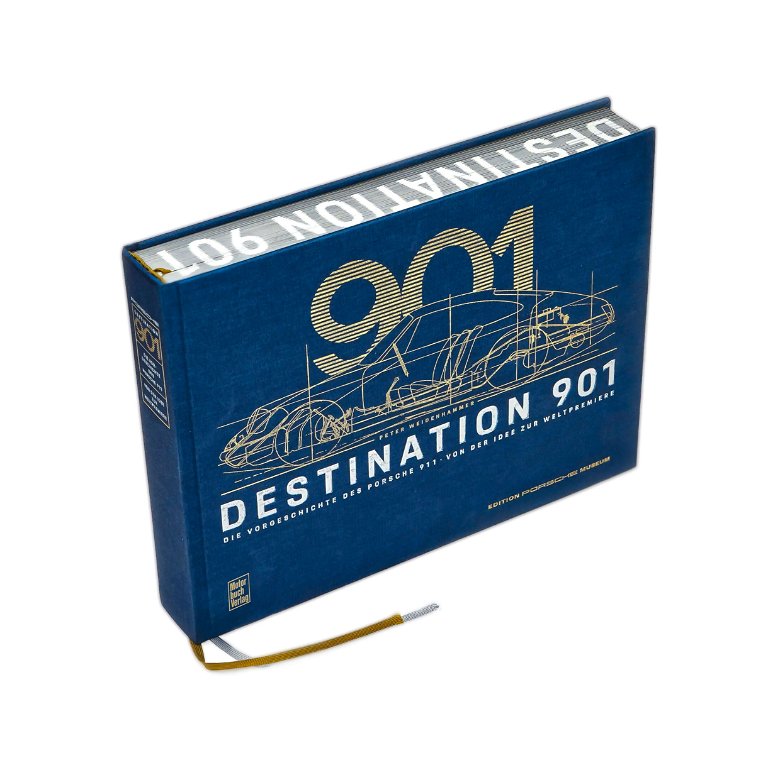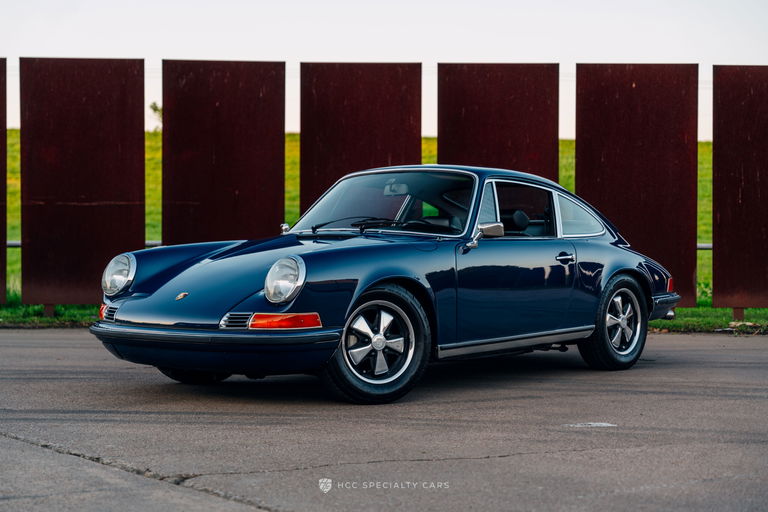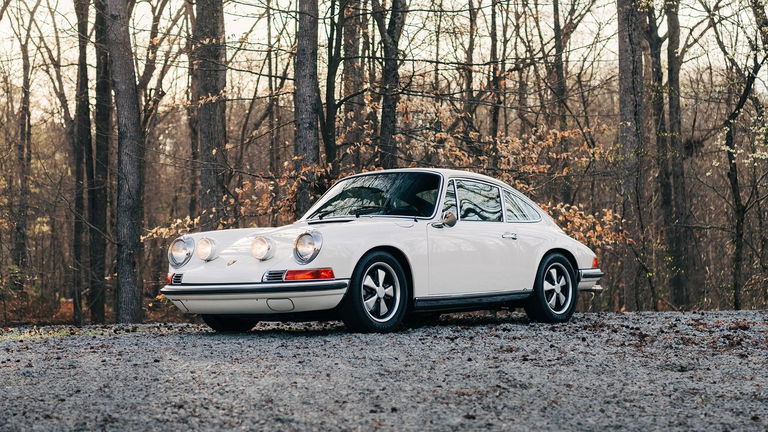Mechanically this 911S runs and drives like a dream. The engine was completely rebuilt 6,082 miles ago by Automobile Associates of Canton Inc. in Canton, Connecticut. Reassembled to 2.7 RS spec with the updated oil pump, upgraded oil bypass system, upgraded Carrera chain tensioners, rebuilt MFI injection pump, regrind original S cams, new piston & cylinder set, new main bearing set, new connecting rods, new cylinder head studs, rebuild rocker arms & polish shafts, valve job (reface & bevel 90mm, R&R 12 guides, R&R exhaust studs & fly cut gasket area), Magnaflux crank, align bore back to standard, and bore for 2.7-liter barrels. A very powerful 2.4-liter engine with Mechanical Fuel Injection (MFI), which produces over 190-horsepower, very smooth shifting 915 manual 5-speed transmission & four-wheel disc brakes. The 2.4-liter 911S is very difficult to find & is one of the best early 911’s to drive. This 911S represents excellent value for its condition. Complete with owners manual, Maintenance Requirements & Warranty book 1973 models, Maintenance Record book confirming original engine and the 1st and 2nd owners with service stamps. If you’re looking for a great driving early 911S Targa, look no further.
*The Porsche Classic Technical Certificate (CTC) has been ordered.
History of the 2.4-litre / E and F series (1972–1973)
The 1972–1973 model years consisted of the same models of 911— the entry-level T, the midrange E and the top of the line S. However, all models got a new, larger 2,341 cc (2.341 L; 142.9 cu in) engine. This is universally known as the “2.4L” engine, despite its displacement being closer to 2.3 liters— perhaps to emphasize the increase over the 2.2 L. The new power ratings for the T were 130 hp (97 kW), or 140 hp (104 kW) in the U.S., 165 hp (123 kW) for the E and 190 hp (142 kW) for the S.
With the power and torque increases, the 2.4 L cars also got a newer, stronger transmission, identified by its Porsche type number 915. Derived from the transmission in the Porsche 908 race car, the 915 did away with the 901/911 transmission’s “dog-leg” style first gear arrangement, opting for a traditional H pattern with first gear up to the left, second gear underneath first, etc. Some say this was because the dog-leg shift to second gear was inconvenient for city driving, others say it was due to Porsche’s desire to put 5th gear outside the main transmission housing where it could easily be changed for different races.
911S models also gained a discreet spoiler under the front bumper to improve high-speed stability. With a weight of only 1,050 kg (2,310 lb), these models are often regarded as the best classic mainstream 911s.
Continue reading
